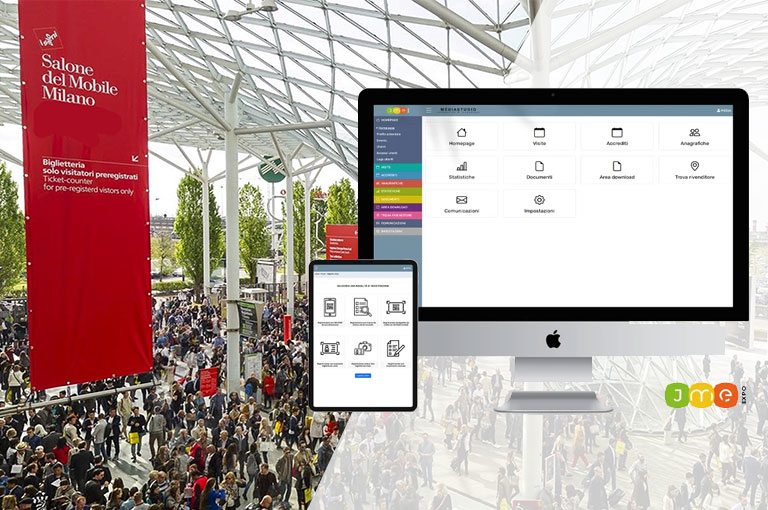
Branded Content: differences from traditional advertising
Branded Content is an innovative approach in marketing and communication strategies, and differs from traditional advertising in its storytelling methods. Specifically, Branded Content focuses on the creation of content, whether informative or entertaining, that does not contain an explicit advertising message, but whose main objective is to convey the Brand's values and generate an emotional connection with the audience, helping to increase its Brand Awareness.
Therefore, Branded Content differs from traditional advertising in several ways. Indeed, the latter is increasingly perceived as intrusive in the eyes of the audience, almost like a message that we are forced to tolerate. As a result, audiences over time have learned to ignore traditional advertising messages.
On the other hand, Branded Content aims to raise interest through engaging content, appealing to the emotional dimension and empathy, and thus encourages voluntary interactions from the audience, who choose to consume the content of their own free will. The brand therefore is placed more subtly in the content, creating a deeper connection with the audience, yet the promotional intent must still be stated and evident, more or less explicitly.

Branded Content can be conveyed in different forms and through different channels, all the while keeping it consistent with the values of the Brand and the interests of the target audience. It can present itself to the audience in the form of:
- Sponsored posts, stories and other content on social media.
- Promotional videos or video tutorials, such as on YouTube or TikTok.
- Blog articles, through which brands can share information about the professional sector in which they operate.
- Podcasts focused on topics related to the field of which the brand is a part, or the interests of the target audience.
- Events, live shows and sponsorships, such as participation in conferences, sporting events or fairs.
- Interactive content, such as polls, contests or quizzes that prompt the audience to interact with the brand.
- User Generated Content, which is content generated directly by the audience, such as photos, videos and reviews related to the brand.
Then, Branded Content performance can be monitored through a number of metrics, which can help evaluate the effectiveness of the strategies and, consequently, make improvements to the content and the strategy in general. The ultimate goal is to build audience loyalty, creating a connection between them and the brand that can last over time. Some examples of metrics to consider are:
- Engagement: which is measured, to name a few examples, by the number of views, time spent on content, likes and comments.
- Conversions: that is, a set of actions we want the audience to take as a result of interacting with the Branded Content, such as registering for newsletters or purchasing products.
- Shares: which is the number of times the content has been shared on social media. The higher the share rate, the greater the potential impact of the content.

Branded Content has numerous advantages, as we have just seen. When put to good use, this marketing strategy can be an important tool for a company's success and for enhancing its Brand Awareness.
Do you want to develop an effective digital marketing strategy? Visit our service areas and download our technical sheets.
Hashtag: #brandedcontent #contentmarketing #communication #marketingstrategy #digitalmarketing #digitalstrategy #webmarketing #onlinemarketing
Marketing














